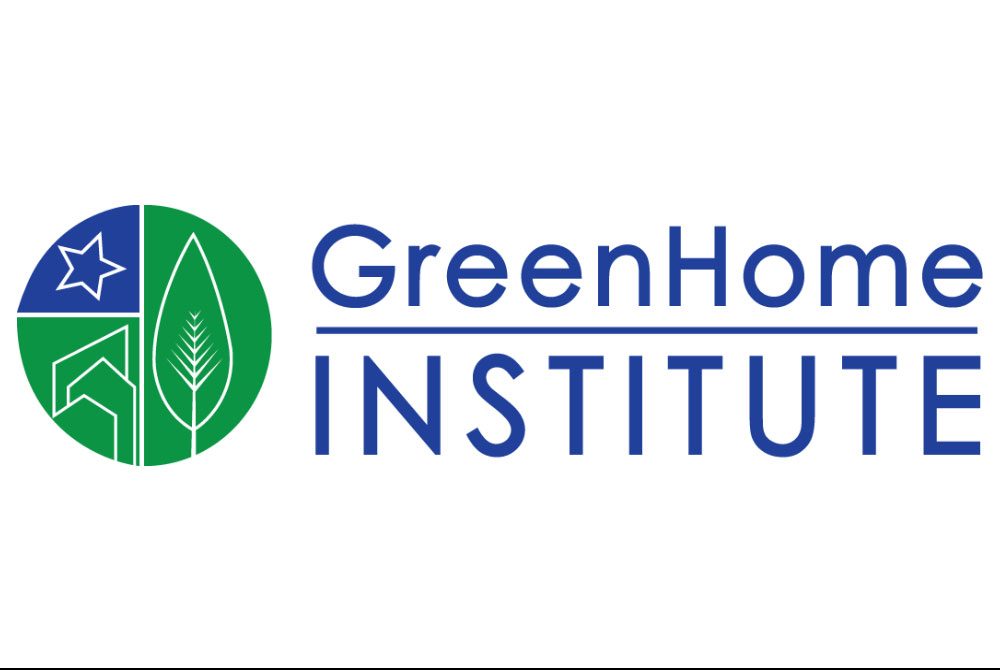Green living and environmental sustainability is proving to be much more than just a recent fad. More and more people are jumping on the environmental bandwagon, which has created more need for professionals within this field. Recently, the American National Standards Institute recognized LEED AP Homes as the “most qualified, educated and influential green-building professionals in the marketplace” (ANSI). Because of the accreditation from ANSI, the demand for LEED certified homes and LEED AP professionals is expected to increase.
Building residential homes to LEED certification has become incredibly popular over the past several years. A 91-unit housing development in Tacoma, Washington was the 10,000 home to be LEED certified. The development was the first federally funded redevelopment project to reach LEED platinum status (10,000th Home). On a more local level, the Kent County chapter of Habitat For Humanity has made the commitment to have every home be LEED Gold certified. This decision is saving the families who reside in these homes an estimated $1000.00 a year on utility bills, making LEED the perfect fit for Habitat For Humanity (HFH LEED Commitment).
For those who are less familiar with LEED certification, they may be left wondering how exactly it benefits themselves, the environment, and their pocketbook. LEED homes reduce allergens and triggers for diseases such as asthma and other chemical sensitivities. LEED certified homes are also built with nontoxic materials, which lower exposures to mold and mildew. LEED homes are environmentally friendly because they use less energy to maintain which reduces pollution from fossil fuel resources. In fact, in a recent report from the Green Home Institute (), LEED homes in the Midwest use an average of 40 percent less energy than conventional homes ( Report). Building a LEED home can reduce utility bills by up to 51 percent and also increase the property value of the home (Why LEED).
For a resident in Minneapolis, choosing to have her home LEED certified was an easy decision. She gave three reasons as to why it was a no-brainer for her:
-Easy to follow instructions in the LEED rating systems manual
-Required green rater visits ensures that the project is meeting the standards of LEED certification
-Utility bills are 65 percent less in the LEED home than in her previous conventional home (LEED Minneapolis).
While it can seem like a daunting task to make sure everything in the home is up to par for LEED certification, the United States Green Building Council is making it a little easier. They recently launched a LEED Home Scoring Tool on their website which will give people an idea as to how close their project is to reaching LEED certification. This tool is available free of charge and can be found on the LEED for Homes website (Home Scoring Tool)
Post By:
Katie Alman is a recent summer Intern at . She is completing her marketing bachelors degree at Grand Valley State University. She currently has interested in promoting healthy and affordable living and green building practices.





